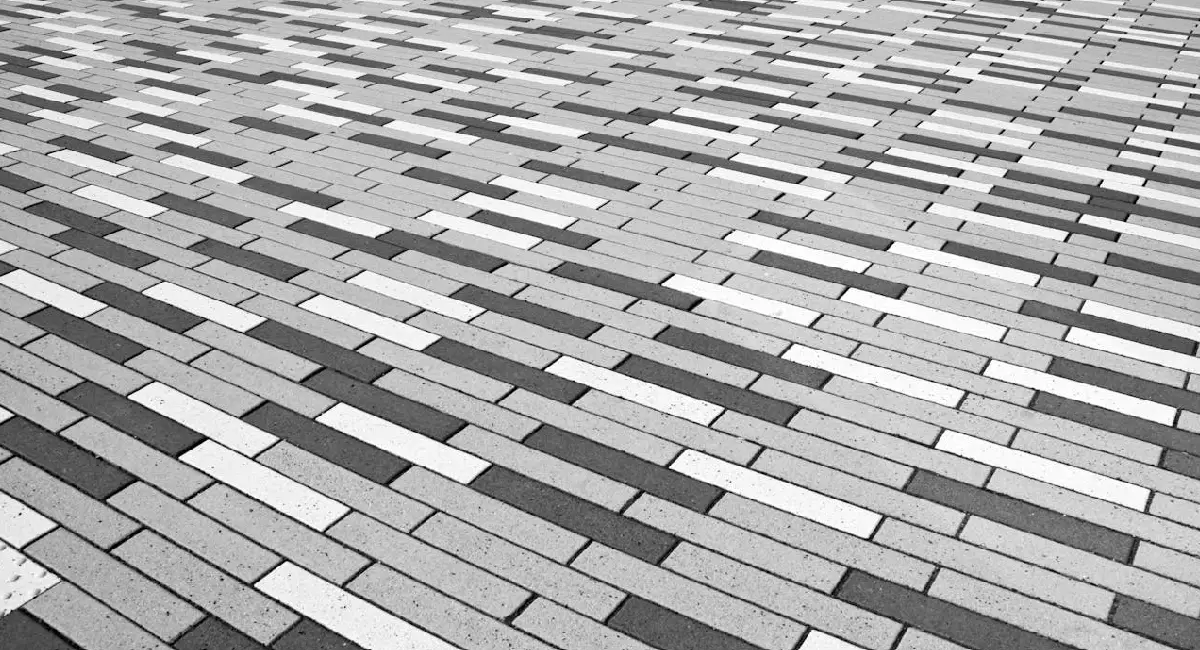Common Concrete Problems and How to Fix Them



Concrete is indeed a universal material that is utilised in residential and commercial construction. This is because it is versatile, durable, and, most importantly, cheaper than the alternatives. However, it is worth noting that concrete is immune to issues that can arise over time, just like any other material. Even though it is a common material, easy to maintain and easily available, there can be major problems in case concreting is not done properly.
Appropriate concreting ensures the durability of the projects while also helping maintain the required standards. In this article, you will learn about a few common issues with this construction material, along with the solutions for them. This guide will allow you to equip yourself with the required knowledge to deal with the issues promptly and effectively. Here are the common concrete problems and how to fix them.
Discolouration refers to the hue on the concrete surface or simply due to the absence of consistency in colour. This problem might happen because of changes in weather conditions, concrete mix, inadequate installing techniques or stains from automobile fluids or other chemicals. It is highly critical to address this issue as soon as possible because, over time, discolouration will likely ruin the visual appeal of this construction material.
The easiest method for handling the problem is to clean the concrete repeatedly with hot water. In case this method fails to work, utilise the diluted vinegar solution to scrub the surface. If the situation is severe, it might be better to opt for a diluted solution of phosphoric, hydrochloric, or acetic acid. This way, you will be able to restore the original appearance of concrete that was installed by the best concreter in Melbourne.
It is important to remember that you cannot prevent cracking and maintain concrete surfaces. However, you can certainly control it. This problem might occur thanks to things like too much load applied, thermal contraction, drying shrinkage, etc. Suppose homeowners ignore it, and the cracks pierce the subgrade. In that case, repairing the damage will be almost impossible, and you might need to replace the complete concrete structure to restore its original appearance. One of the ideal ways to deal with cracking is to control its growth when it is new. It is easy to do so by just cleaning up the loose material from the visible cracks and using adequate filler to fill the empty spots. Once the patch is cured, apply a sealant.
Scaling might happen due to water seepage, disclosure to thawing, poor finishing, etc. When addressing this issue, you would be required to build a fresh layer of resurfacing concrete. In theory, it might appear easy. However, in reality, it is challenging because you need to roughen up the complete concrete surface so that it is prepared for repair. Once the new layer is applied successfully and cured, complete the procedure by applying a finishing treatment. It should be waterproof. This will strengthen your stylish concrete and safeguard it from any possible damage.
Even though the solutions mentioned above are the perfect ways to deal with the problems, remember that prevention is better than cure. So, ensure the concrete is installed properly to minimise the chances of any damage. In case any issue arises, follow the tips from this article to address them.